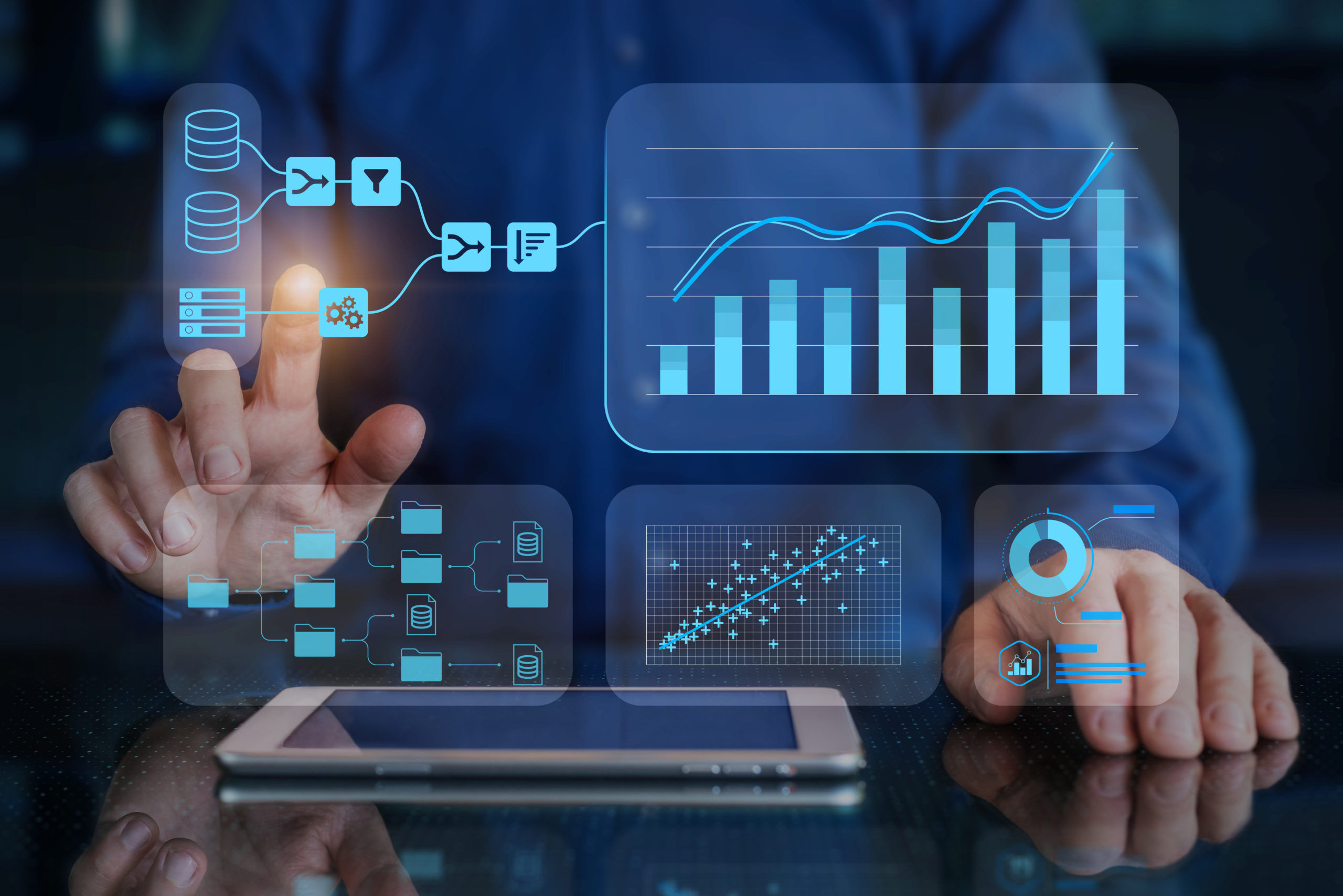
With the world driving speedily towards a data-driven economy, data scientists are always looking for more convenient and compatible ways to combat the generous amount of data generated daily. As the Forbes data records, it counts to 2.2 quintillion bytes daily. Data scientists have been a part and parcel of this rapid trend, and for years their frequent engagements include playing with data, arranging, analyzing, and extracting insights from them. It has become an integral part of their daily chores for years. The continuous interaction with data has revealed that data visualization is pivotal in data science.
Understanding Data Science and Data Visualization
Data science is a cross-functional domain that includes the analytical extraction, elucidation, and conveyance of valuable observations from data. Frameworks such as machine learning, data mining, and statistical analysis are essential components of it. Data Visualization plays the role of communicating insights and proper data analysis in data science.
Rather than getting baffled by the uncountable rows and columns of data. A structural representation of data in graphs, charts, tables, and maps is preferred. Patterns, trends, and outliers in the data become identifiable through Data Visualization, and it also helps to communicate insights effectively and provide a better understanding of the data.
Essentiality of Data Visualization in Data Science
We can comprehend the essential role of Data Visualization in data science for manifold reasons:
Types of Data Visualizations
Data visualizations are of multiple kinds. A few of the basic ones are listed below:
Recommended Methods for Creating Effective Data Visualizations
Top Tools for Data Visualization in Data Science
Data visualization has numerous tools for data exploration and extractive analysis. Some popular ones are:
Successful Data Visualization Use Cases
Data Visualization has been used in the;
Challenges in Data Visualization for Data Science
Every progressiveness comes with its share of loops and lags. Despite being an integral part of Data Science, this, too, comes with challenges.
Future Trends in Data Visualization for Data Science
The future looks promising and exciting in the ever-evolving world of Data Visualization. The focus has shifted to how that information is presented and communicated effectively.
As we move forward, we can expect to witness;
Conclusion
These advancements in Data Visualization will undoubtedly lead to more informed decisions and pave the way for enhanced business intelligence. The future holds great potential for organizations to leverage data visualizations as powerful tools for driving success and gaining a competitive edge.
Data Visualization promises a bright future in the dawn of Data Science and Data Analytics. With the fast pacing and emerging technology, the convergence of AI, AR, and VR is a must-sight to behold, allowing us to unveil deeper insights and revolutionize how we interact with and comprehend data. By embracing these emerging trends, businesses and individuals can harness data visualization's power to make informed decisions, drive innovation, and propel themselves toward a successful future.
This website uses cookies to enhance website functionalities and improve your online experience. By clicking Accept or continue browsing this website, you agree to our use of cookies as outlined in our privacy policy.